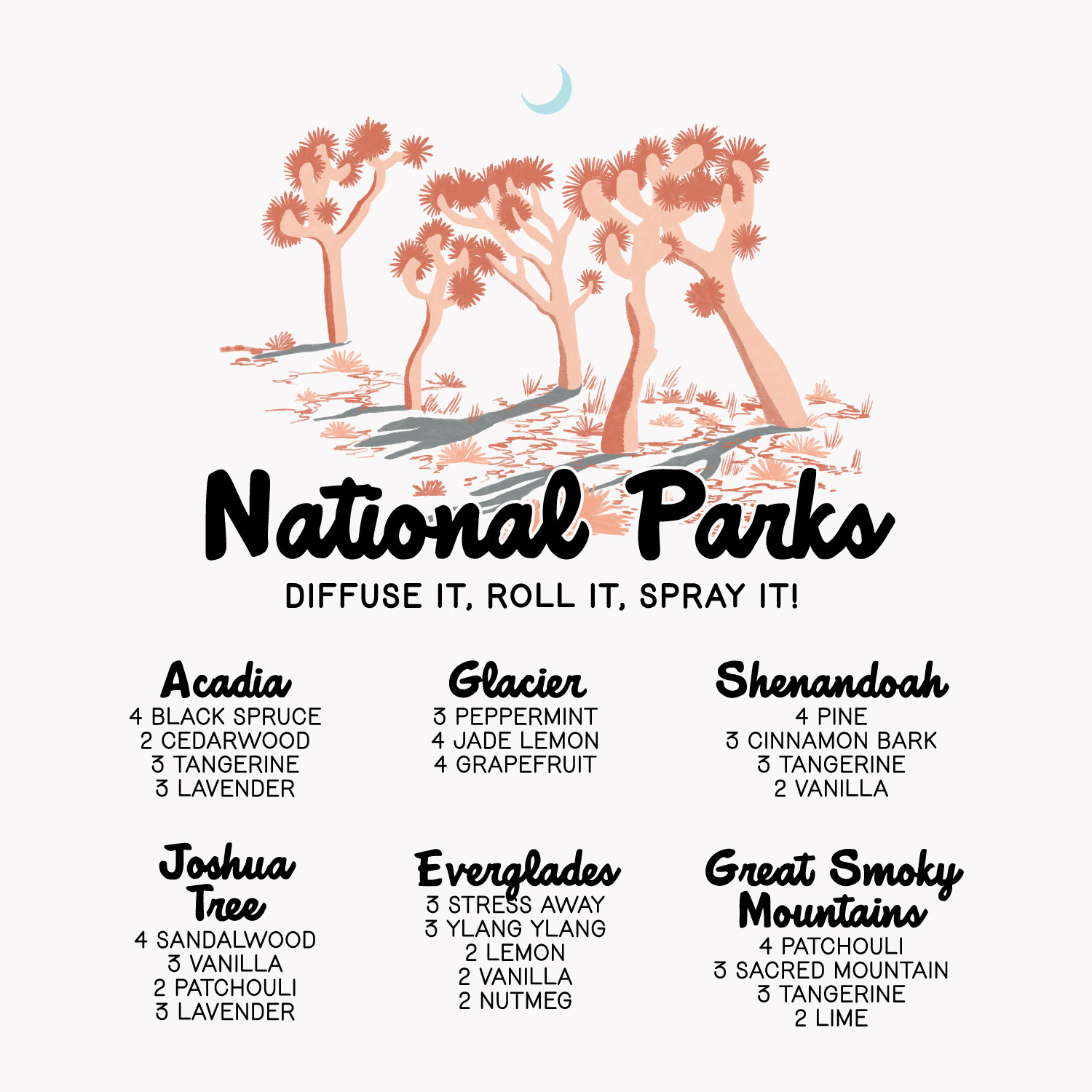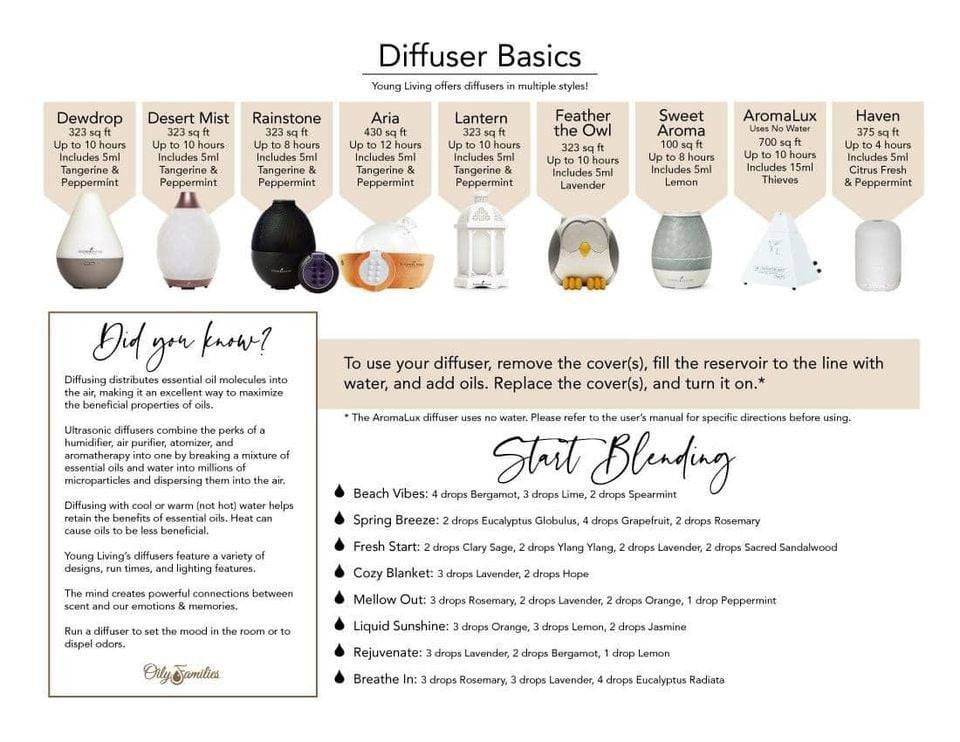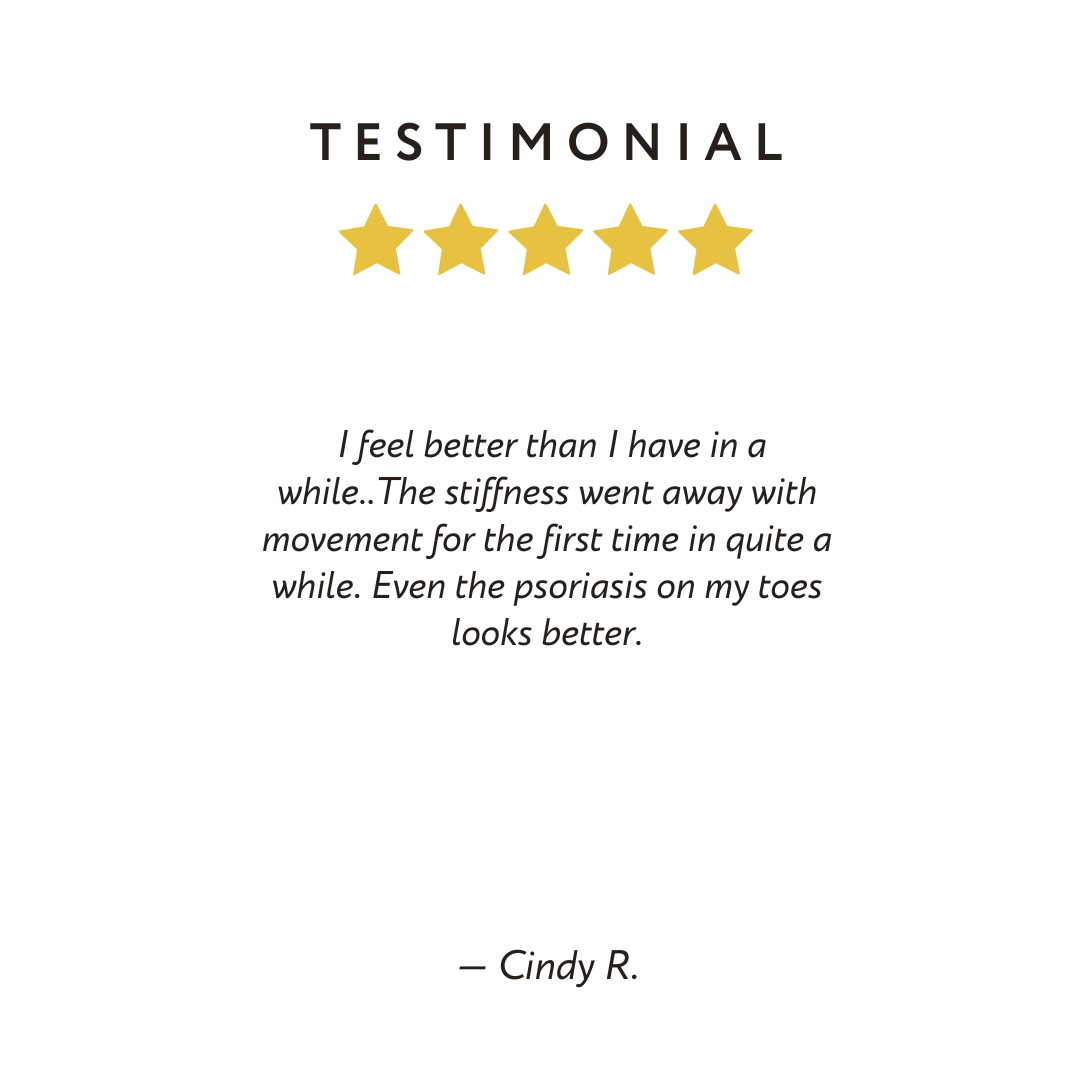If you take a look at the label on a few of your favorite smelling products, you'll often find the word ‘fragrance' in the ingredients. But what is fragrance, or as I like to call it, “the other F word”…?
Fragrance chemicals are organic compounds that vaporize into the air, which is why we can smell them. They are added to household and personal care products to give them a scent or even to mask the odor of other ingredients. Unfortunately, those volatile organic chemicals (VOCs - think the smell of paint or paint thinner) can contribute to poor indoor air quality and are connected with a variety of adverse health effects. They are pretty much the last thing you want in a product you are burning or spraying for ambiance or to make your home smell "clean".

But it gets a little bit worse….
Fragrance chemicals are organic compounds that vaporize into the air, which is why we can smell them. They are added to household and personal care products to give them a scent or even to mask the odor of other ingredients. Unfortunately, those volatile organic chemicals (VOCs - think the smell of paint or paint thinner) can contribute to poor indoor air quality and are connected with a variety of adverse health effects. They are pretty much the last thing you want in a product you are burning or spraying for ambiance or to make your home smell "clean".

To protect trade secrets, makers are allowed to withhold “fragrance” ingredients, so you can't read the labels to find out what dangers those festive scented candles (and room sprays.. and plugs ins…and burners...and perfumes.. and cosmetics…) may contain. This is called the “fragrance loophole” in federal labeling law. Although all other ingredients in your scented household and personal care products must be disclosed on the label by their specific name, this loophole allows ingredients that are added to provide a pleasant scent, or to mask a bad one, only need to be listed under the generic term “fragrance.”
The Environmental Working Group (EWG) says that many popular candles and room sprays contain trace amounts of “natural essences”. They also typically contain a dozen or more potentially hazardous synthetic chemicals, some of which are derived from petroleum.
The Environmental Working Group (EWG) says that many popular candles and room sprays contain trace amounts of “natural essences”. They also typically contain a dozen or more potentially hazardous synthetic chemicals, some of which are derived from petroleum.
According to the EWG, “Exposure to fragrance chemicals can cause headaches; eye, nose, and throat irritation; nausea; forgetfulness; loss of coordination; and other respiratory and/or neurotoxic symptoms. Many fragrance ingredients are respiratory irritants and sensitizers, which can trigger asthma attacks and aggravate sinus conditions.”
One harmful ingredient in “fragrance”, is styrene. A 2011 finding by the National Toxicology found that it is “reasonably anticipated to be a human carcinogen.”
We know only that styrene might be an ingredient in any given fragrance because the International Fragrance Association, an industry trade group, publishes an online “Transparency List” (https://ifrafragrance.org/priorities/sustainability#.U9qfRoBdVss) of ingredients that perfumers say they use in formulas for consumer products. Styrene is one of the 3,000 or so ingredients on the list.

When you add up the number of products in your bathroom cabinets and under your kitchen sink that contain “fragrance”, this could be many exposures to substances “reasonably anticipated to be a human carcinogen.”
One harmful ingredient in “fragrance”, is styrene. A 2011 finding by the National Toxicology found that it is “reasonably anticipated to be a human carcinogen.”
We know only that styrene might be an ingredient in any given fragrance because the International Fragrance Association, an industry trade group, publishes an online “Transparency List” (https://ifrafragrance.org/priorities/sustainability#.U9qfRoBdVss) of ingredients that perfumers say they use in formulas for consumer products. Styrene is one of the 3,000 or so ingredients on the list.

THIS is why I am so passionate about ditching conventional products and switching to clean, effective and safe options! Young Living NEVER uses fragrance in their products - they don't even need to because of the products are infused with the highest quality oils which not only give the fragrance but help support your health and even your emotions.
Convention starts Thursday! Be watching for new products to be launched!! What would you like to see??











